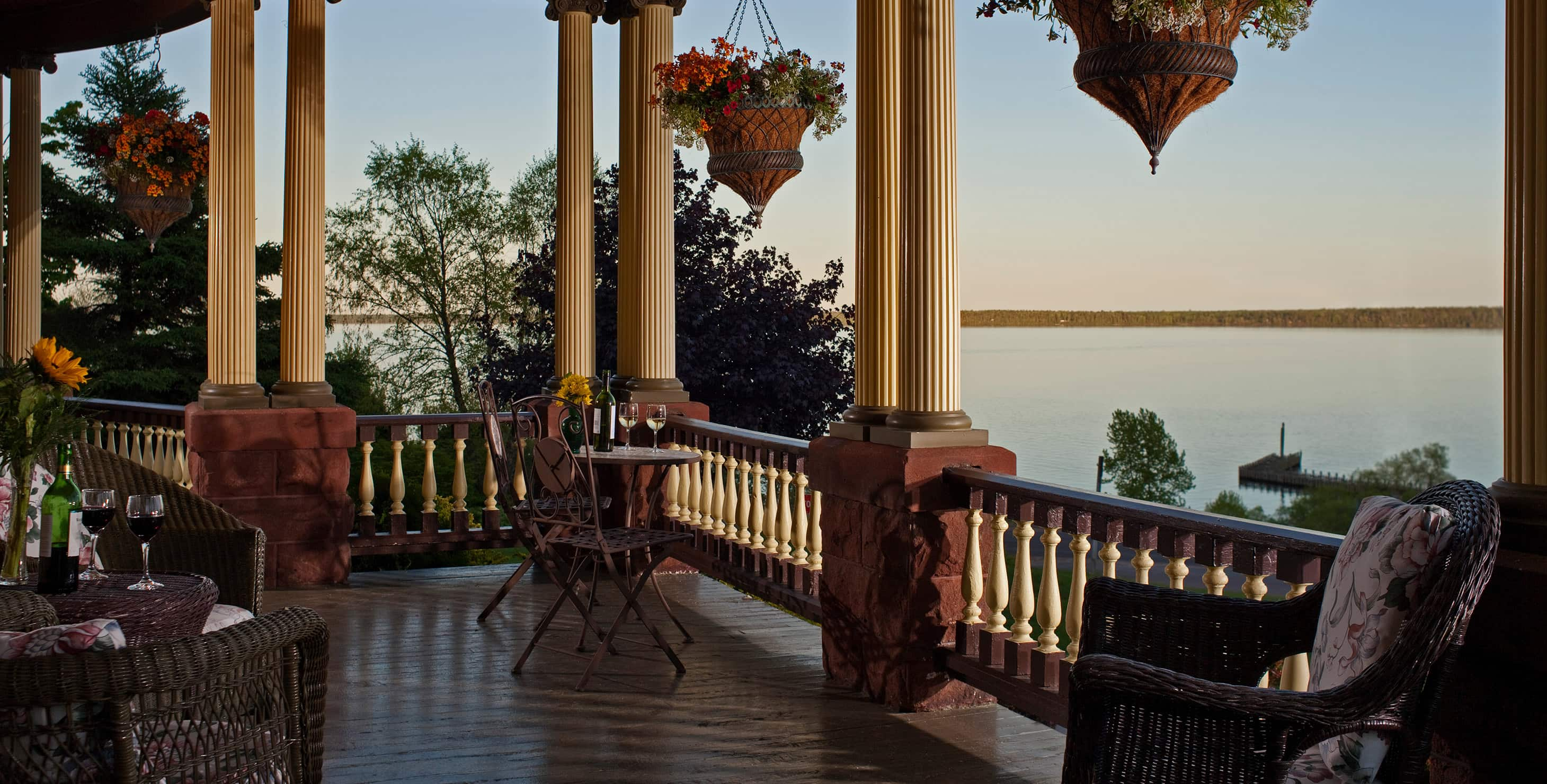By Guest Blogger Mike Link
On April 9 I stayed at the Rittenhouse to deliver an address at the Northern Great Lakes Visitor Center on the 50th anniversary of the Wilderness Act. This is a very significant legislative action which, like the Endangered Species Act, recognized the value of life beyond the human species. Periodically we rise above the acts of normal law to do something that sets an example for the world – Abraham Lincoln setting aside Yosemite in the midst of war, U. S. Grant giving protection to Yellowstone. These are the kinds of acts that truly allow us to rise above the rest of the warring governments and to be a world leader – in a positive way.
The Wilderness Act has a lot of roots in Wisconsin, making the presentation at the Visitor Center and our stay in Bayfield a perfect place for an early celebration and introspection. To begin with there is the Gaylord Nelson Wilderness in the Apostle Islands. Signed into law in 2004, by President Bush, this made 80% of the Island land mass wilderness. How appropriate, since it was Gaylord Nelson, arguably one of Wisconsin’s greatest Governors and Senators, who worked to get President Kennedy to the Islands and to get National Lakeshore status for the complex. Nelson was also the founder of Earth Day and this man from Clear Lake, Wisconsin was recognized nationally as an important voice for the environment.
The Wilderness Act was written by Howard Zahniser and sponsored by Senator Hubert Humphrey. The work and the commitment came at Sigurd Olson’s home in Ely, MN. Sig’s childhood days were spent in Wisconsin. He first heard the “Singing Wilderness” on the Door County peninsula and he lived in the lake country of northern Wisconsin before attending Northland College in Ashland where he met and married Elizabeth Uhrenholdt. The family farm is a nature preserve near Seeley, Wisconsin.
Early voices for wilderness included John Muir, who lived on a farm near Portage and attended the University of Wisconsin. John went on to become the nation’s voice for wild places – as an author, adventurer and founder of the Sierra Club. “Between every two pines is a doorway to a new world.”
Aldo Leopold taught at the University of Wisconsin, helped establish the first designated wilderness in the world in the Gila National Forest in New Mexico, and wrote Sand County Almanac, a classic that can only be matched by Walden. He was one of the founders of the Wilderness Society and a true voice for wild places, as well as hunting, fishing, and good land practices. “Wilderness is the raw material out of which man has hammered the artifact called civilization. Wilderness was never a homogenous raw material. It was very diverse. The differences in the product are known as cultures. The rich diversity of the world’s cultures reflects a corresponding diversity in the wilds that gave them birth.”
There are many more voices, important people who did not get national recognition, but who have risen to speak for wild places and wild things and we all owe a debt to those who took the time and cared.
Mike Link has been the executive director of the Audubon Center of the North Woods near Sandstone, MN, since its founding in 1971. He is one of the founders of the Friends of the Boundary Waters Wilderness as well, and in 1978 sat next to Sigurd Olson at the infamous hearing in Ely during the contentious public debate preceding the passage of the BWCA Wilderness Act. Following his retirement in May 2009, he has been teaching for Hamline University and acting as Assistant to the President of Northland College. His partner, Kate Crowley, also a veteran naturalist, has lived a life with education and animals, first at Minnesota Zoo, then at the Audubon Center. Together, they have experienced almost every wilderness area in the country and continue to enjoy a wonderful life of adventure, nature, family and teaching from their home in forests near Willow River, MN.

